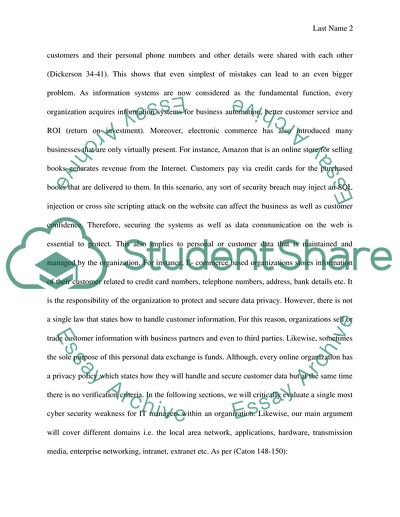Cite this document
(“Cyber Criminals and Other Data Security Dangers Term Paper”, n.d.)
Cyber Criminals and Other Data Security Dangers Term Paper. Retrieved from https://studentshare.org/information-technology/1781072-organizational-security
Cyber Criminals and Other Data Security Dangers Term Paper. Retrieved from https://studentshare.org/information-technology/1781072-organizational-security
(Cyber Criminals and Other Data Security Dangers Term Paper)
Cyber Criminals and Other Data Security Dangers Term Paper. https://studentshare.org/information-technology/1781072-organizational-security.
Cyber Criminals and Other Data Security Dangers Term Paper. https://studentshare.org/information-technology/1781072-organizational-security.
“Cyber Criminals and Other Data Security Dangers Term Paper”, n.d. https://studentshare.org/information-technology/1781072-organizational-security.


